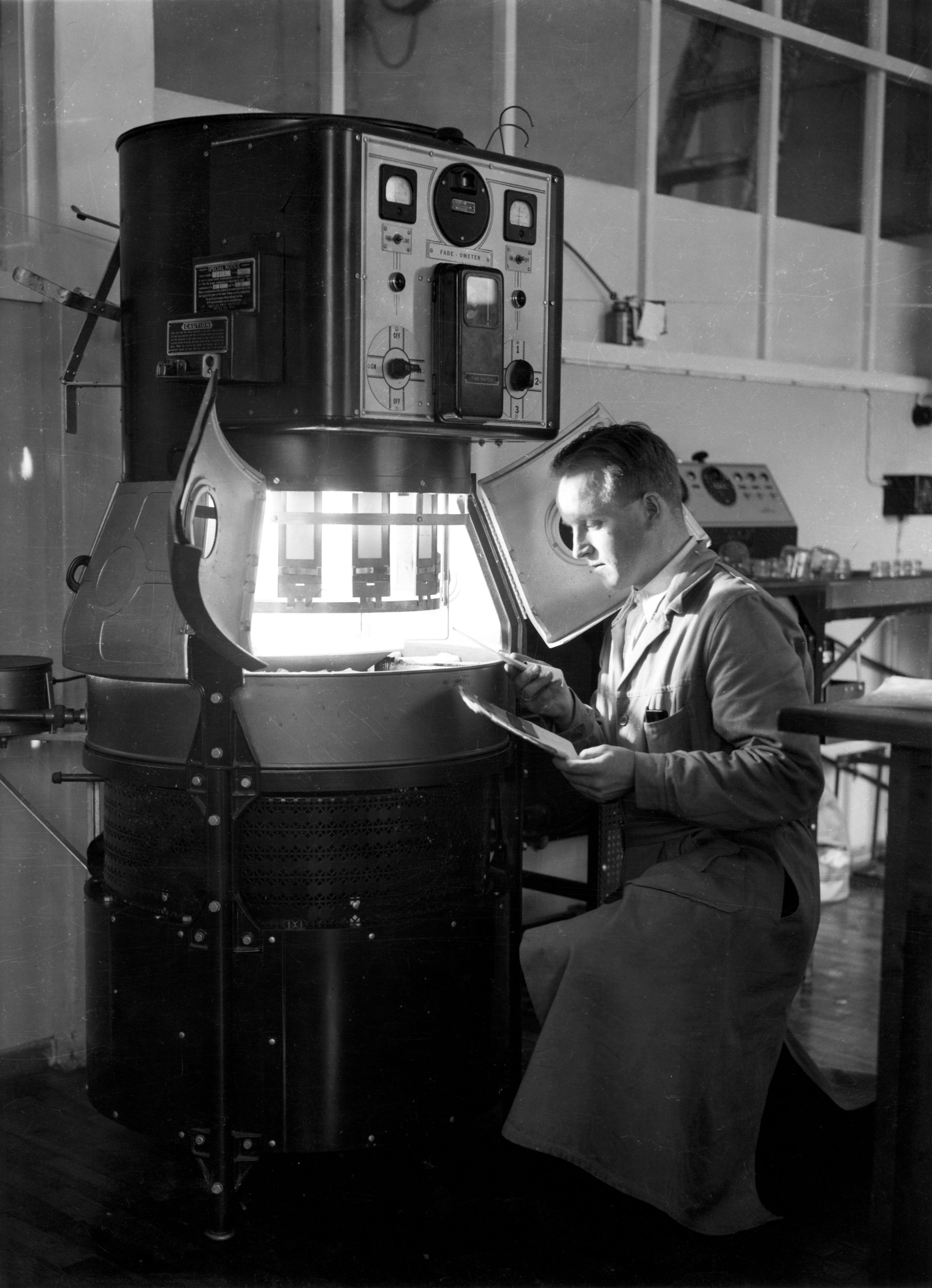145+ years of Excellence
Early Life on Dale Village
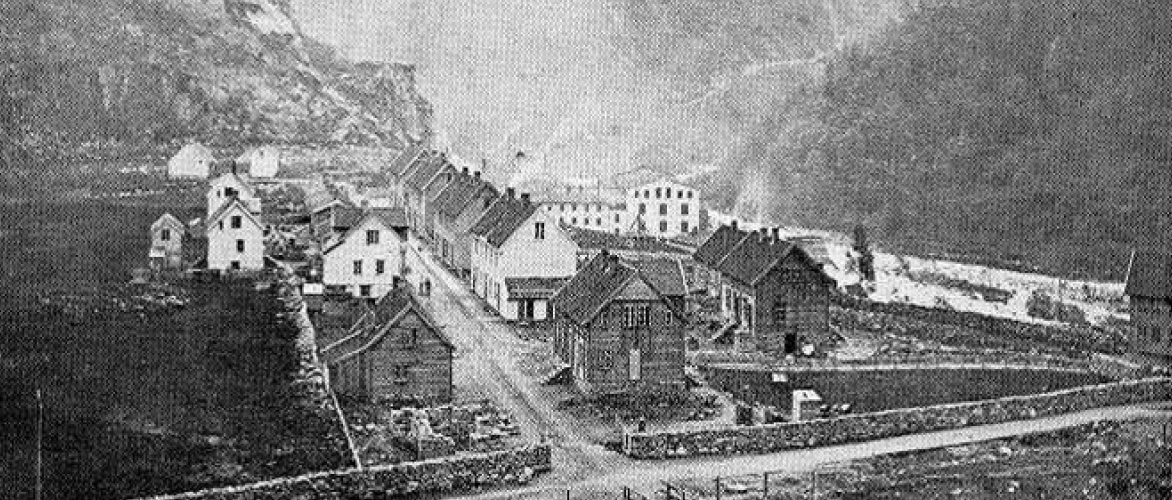
Dale is a small town nestled between towering mountains, where sunshine is scarce, and the climate poses its own set of challenges. These factors contributed to its sparse population until the late 19th century. By then, the abundance of natural resources like mountains and water began to inspire industrial development, setting the stage for a transformative era.
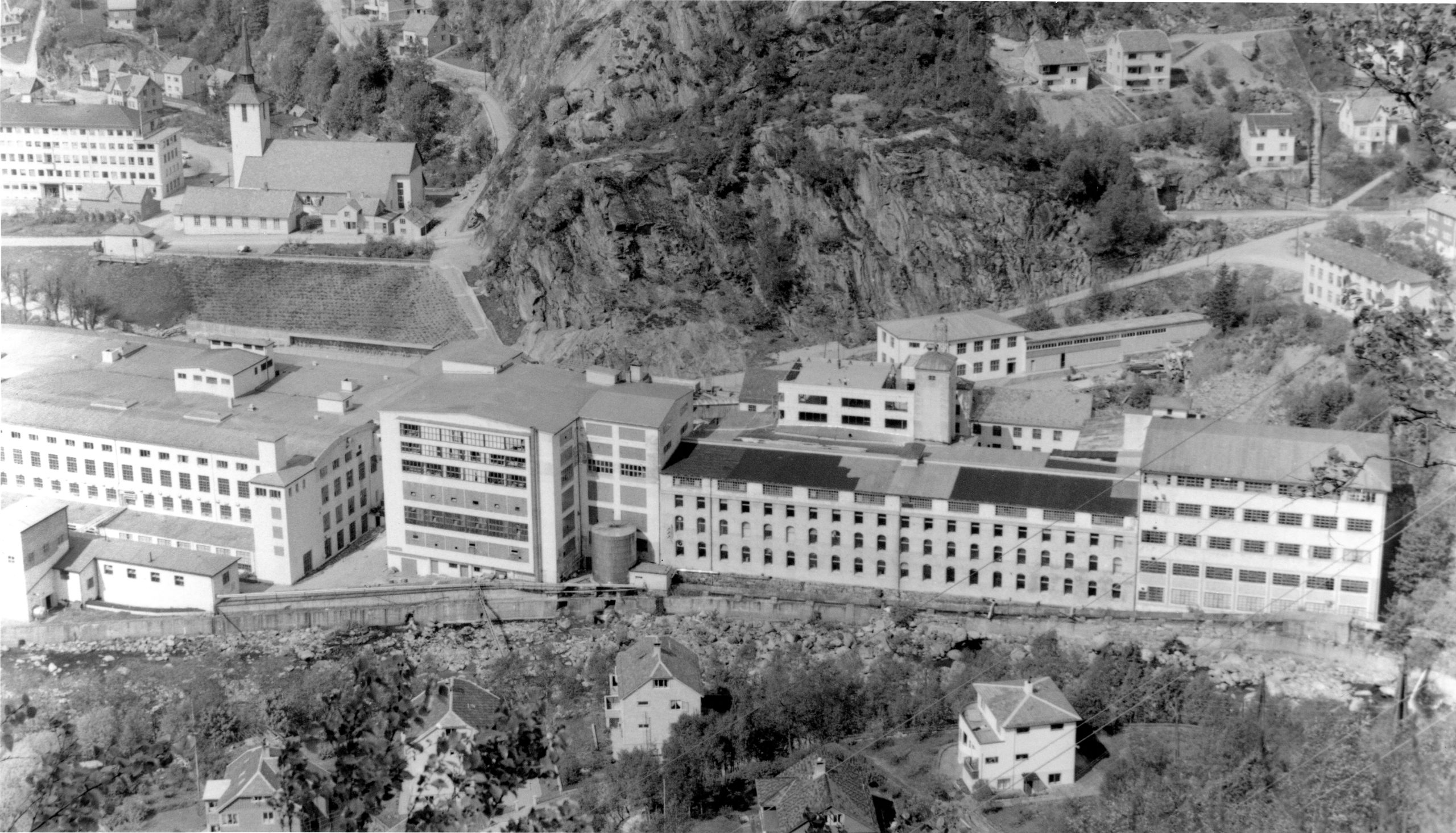
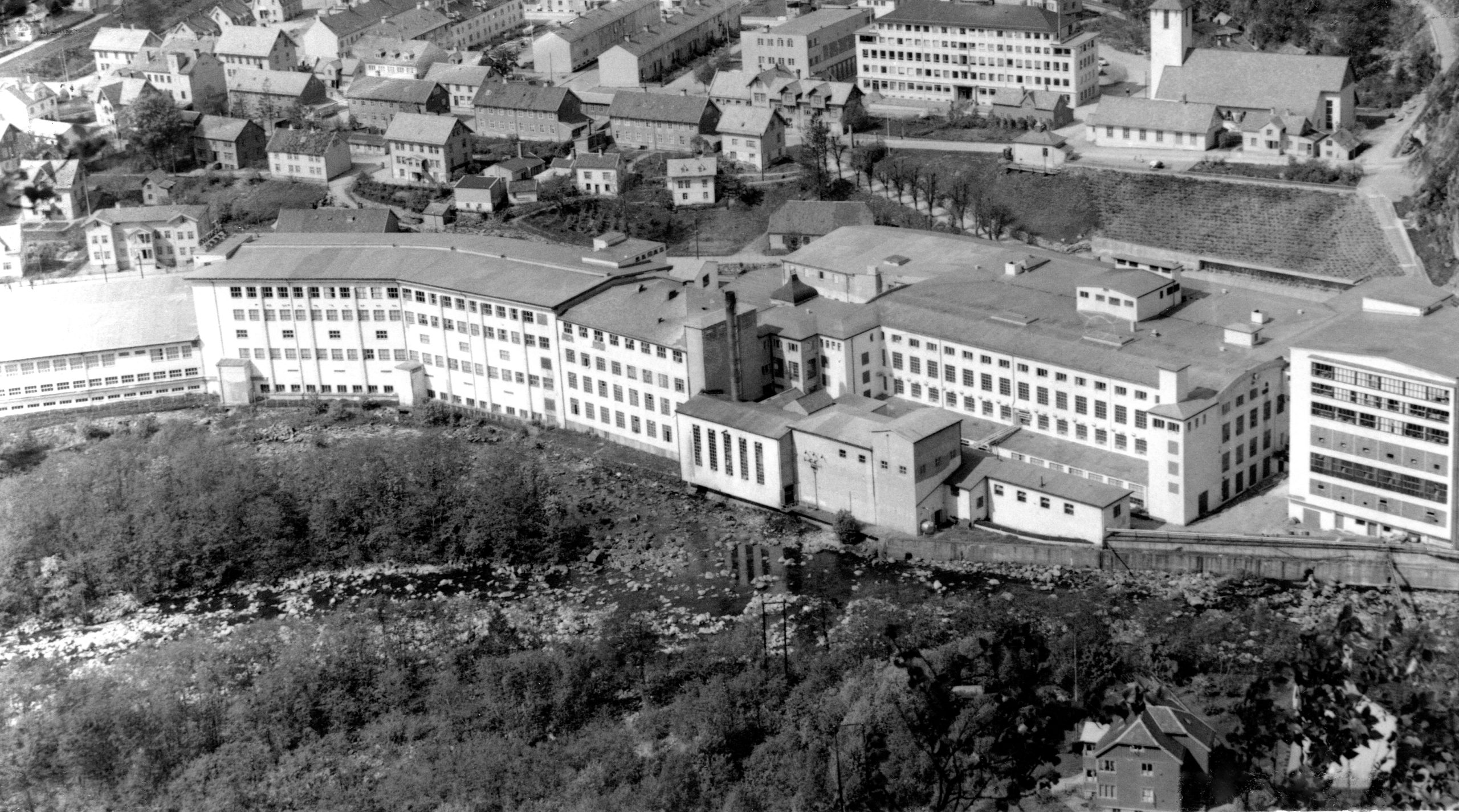
Before this shift, most of the homes in Dale were concentrated in areas like Dalegarden and Dalseid, located on the outskirts of town. The land around Kvammen was primarily owned by farmers and served as grazing fields for livestock. Some homes in the area provided temporary shelter for travelers, while Dalevågen and Dalseid served as key transport points where goods and mail were exchanged between sea and land routes. This quiet, agrarian lifestyle began to change dramatically with the arrival of industry.
The first homes built for factory workers were far from luxurious. These modest accommodations featured small rooms designed to house as many people as possible, with no insulation to protect against the harsh climate. Daily chores like washing clothes had to be done in the nearby river.
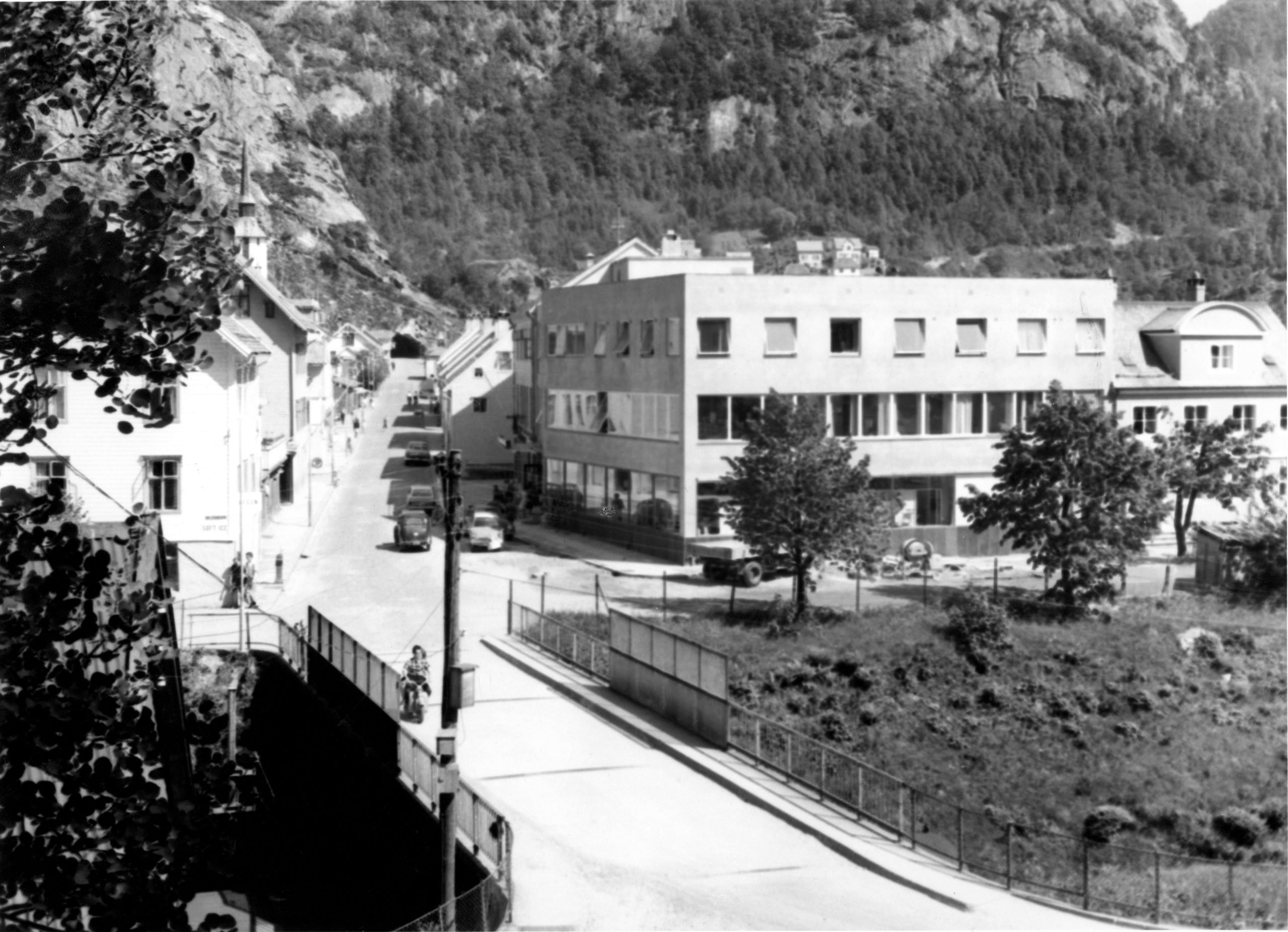
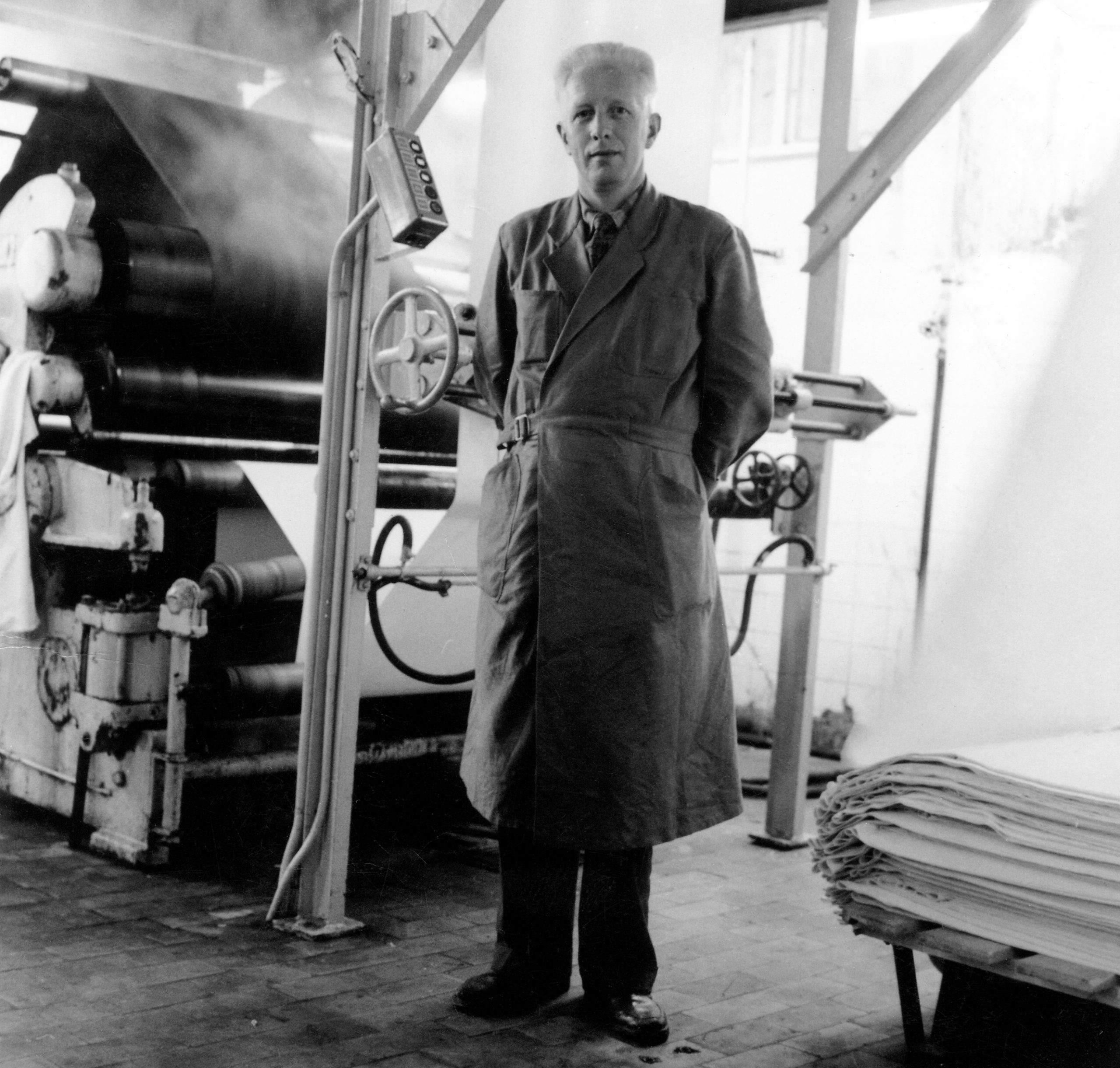
In more recent years, the Norwegian textile industry’s decline had reshaped the local community. Once in a place where nearly everyone earned a living by working in the factory or selling products and services locally, Dale has seen significant changes. In the 1960s, the factory employed over 1,300 workers. By the late 2000s, this number had dwindled to fewer than 100.
Despite these challenges, Dale continues to hold on to its traditions. However, much of the town’s rich history has faded over time. Several companies have closed or relocated their operations, and many residents have either moved away or become commuters. Yet, the spirit of Dale and its legacy of resilience endure, a testament to 145 years of perseverance and adaptation.
